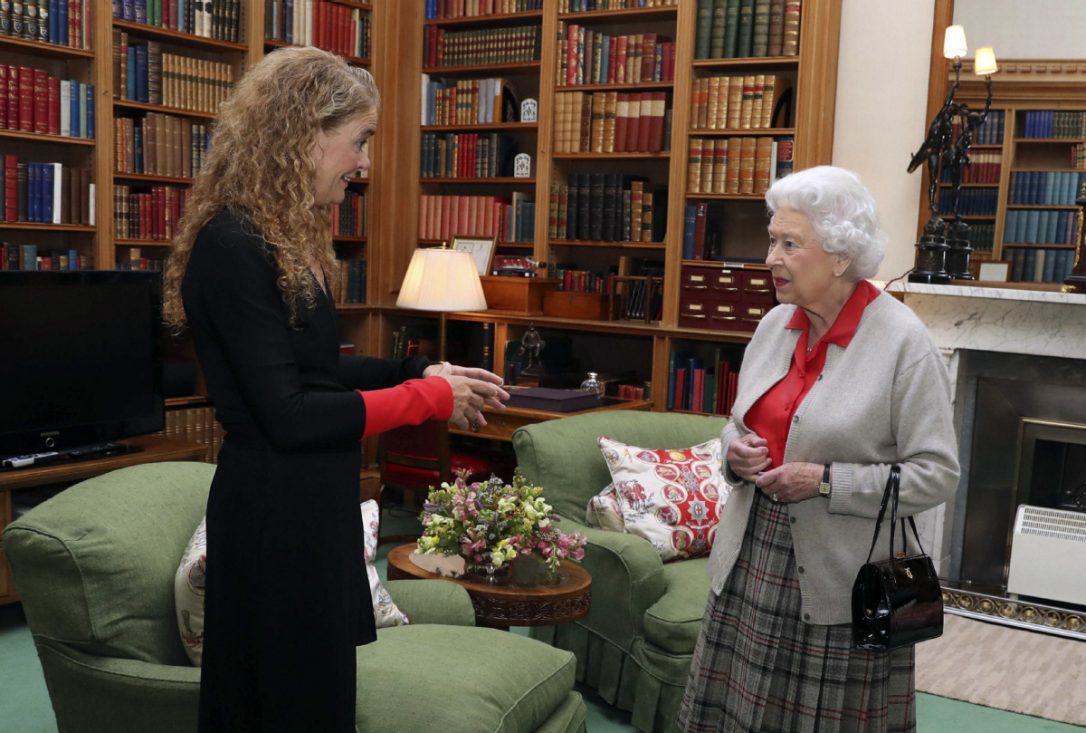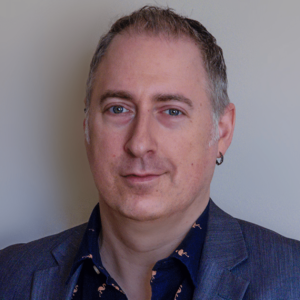Last Friday, the government announced that they had formed an Advisory Group for the appointment of the next Governor General, which looks increasingly to be a bit of cosmetic damage control rather than a substantive change in just how they are approaching vice-regal appointments. Indeed, the very fact that this is an "Advisory Group on the Selection of the Next Governor General" and not a reconstitution of the vice-regal appointments committee is an indication that this is a one-off whose sole purpose is to try and take the smell off of the lack of a process that led to Julie Payette's disastrous appointment. But more to the point, this is just one more half-measure from a government for whom half-measures have become its stock in trade.
When the group was announced, everyone in the media declared that Trudeau had taken up the path laid by Stephen Harper in forming the committee, but they would be mistaken, because this committee has only the most superficial resemblance to the process laid out by the committee Harper created. For starters, the advisory group is not independent, like the vice-regal committee was. The fact that this is co-chaired by the minister for democratic institutions, Dominic LeBlanc, as well as the interim Clerk of the Privy Council means that this is very much under the government's thumb, rather than compiling a short list at arm's length that the prime minister would then get to choose from (which is an important component under the system of Responsible Government). In no way can prime minister Justin Trudeau claim that this committee is giving him independent advice.
The Canadian Secretary to the Queen, who chaired the old vice-regal committee, is absent from the Advisory Group, which is also somewhat telling because of how Trudeau appointed the current Canadian Secretary. Whereas the Canadian Secretary under Harper was a long-time civil servant who was attached to the Privy Council Office because it gave him the ability to act as a central coordinating body for royal tours, the current Canadian Secretary is a senior bureaucrat in PCO, three levels below the Clerk (and yes, there is a difference). The Canadian Secretary position is very much part-time for his other duties, which is another of the kinds of half-measures that this government enacted, and in my mind was partially borne out of necessity because relations with Rideau Hall had already deteriorated and the prime minister needed a different line of communication with the Queen. But that half-measure means that it was a poor fit for his inclusion with the half-measure of the Advisory Group.
As for the rest of the committee, there are legitimate questions as to why some of the members were chosen, aside from the obvious notion that this doesn't look like the permanent members of Harper's vice-regal committee, who were all white men (though the ad hoc members for each provincial appointment were much more varied). Daniel Jutras, the Rector of the Université de Montréal, has a background serving as the Executive Legal Officer to former Chief Justice Beverley McLachlin and sitting on the Senate appointment advisory committee, but as an academic, he has no record of writing about the Crown. Judith LaRocque, a former Secretary to three Governors General, is the only member who makes any particular sense because she would have the best notion of what the job entails.
Of the other two members, I don't object to the inclusion of Natan Obed, the president of Inuit Tapiriit Kanatami, given that the Governor General plays a particular role in terms of the relationship between the Crown and Indigenous people in Canada, and he would have valuable perspective to offer in that regard. That said, the inclusion of Suromitra Sanatani, the current Interim Board Chair of Canada Post, doesn't make any sense, most especially because in the government's press release, they listed her as an "experienced corporate director." This should ring alarm bells because someone with corporate board experience won't have any experience with the nature of the role of the GG, and more to the point, this was one of the problems with Payette's Secretary, Assunta di Lorenzo, where her experience as a corporate lawyer showed no actual understanding of the role of the GG when she was in the role of Secretary, and it caused a lot of problems with the office. This inclusion makes me wonder whether this government actually learned any lessons from the Payette appointment.
The creation of this half-measure reinforces the notion that Trudeau and his government refuse to take the vice-regal offices and the monarchy itself seriously, and more to the point, the announcement of this Advisory Group without any stated timelines or criteria of what they will be looking for in a successful candidate makes me wonder if they don't already have someone in mind and have created this group as a bit of window dressing to make it seem like they are course correcting after what happened with Payette, but only for show. That they won't properly reconstitute either the Canadian Secretary to the Queen's position, or the vice-regal appointments committee in its proper form demonstrates that they see these kinds of half-measures as being good for the purposes of optics, but without any of the substance behind it, which is poor form for any government.
What is going to be the most galling part of this exercise is the fact that this government will rush to pat themselves on the back and be self-congratulatory about the creation of this Advisory Group, when it's clear that they haven't actually done the work, as is the case with so many other half-measures that this government is becoming famous for. The fact that nearly six years into this government's time in office and they still haven't figured out that the constant half-measures aren't working for them and keep blowing up in their faces should be particularly alarming, especially as they're set to go for yet another round, crossing their fingers that they won't get another Payette rather than simply putting in the effort.
Photo Credit: CBC News






